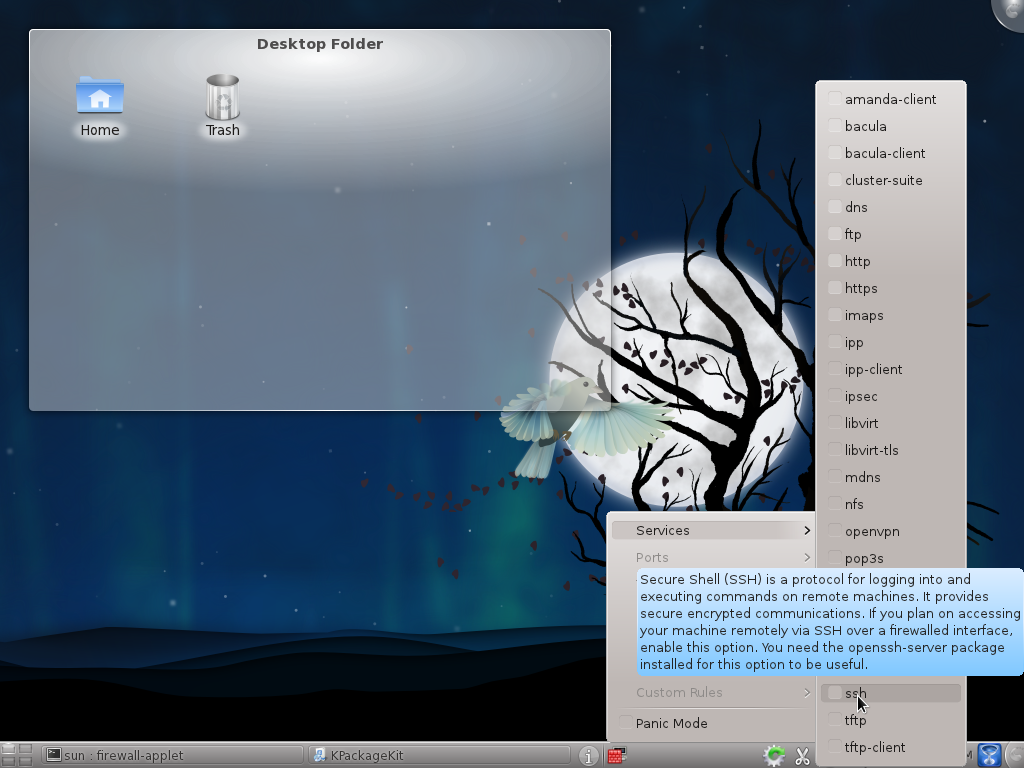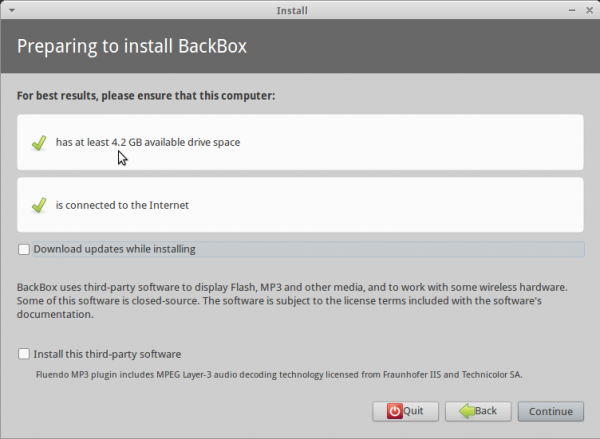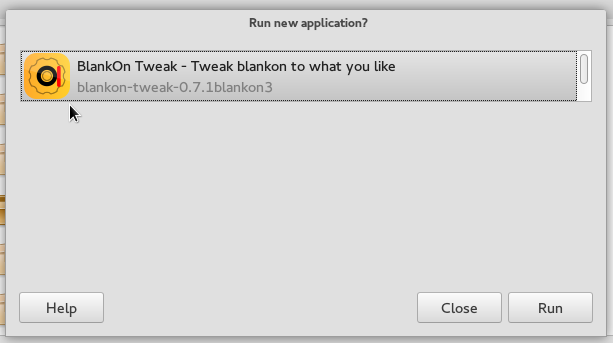Final Thoughts: Like most distributions, I think Zenwalk has all the pieces it needs to be a top-tier distribution. The problem with it, from my assessment, is in implementation, how the components are put together. Some of it lies with the desktop environment, but most of it is with Zenwalk itself. If you have read this far, you already know the problems I have identified in this article. As an end-user, you are not in a position to change them, but you can disable the ssh service, and enable and configure the firewall.
Resources: Zenwalk provides five installation images – a Standard Edition, using the Xfce desktop, the one used in this review; a Core Edition; a Live Edition; a GNOME Edition; and an Openbox Edition. All are available for download here.
Screenshots: View a few more screenshots from a test installation of Zenwalk 7.
A couple of application running on a new installation.

Zenwalk 7’s login screen.

LibreOffice entries in the Office menu category.



You can have quality articles like this delivered automatically to your feed reader or inbox by subscribing via RSS or email.








I thought Zenwalk would be good when I tried to switch to it, was really disappointed that everytime I rebooted, anyhting I installed was partly wiped off the system. Was really rubbish experience and just decided it’s a bad franchise from my old/fond memories of SlackWare.
One thing I would like to see in Zenwalk are meta-packages, for things like different de’s and for development (e.g. “build-essential”). For lack of an xfce metapackage, I tried to muster a minimal install of xfce 4.8 for zenwalk-core in VirtualBox, but gave up and downloaded the full zenwalk-xfce iso (I really only wanted to see xfce 4.8 with minimal fuss).
I’ve got an earlier version loaded on an old K6-2 box, it runs ok, but not nearly as fast as Windows 98 and 2000, or SliTaz.
It’s difficult to see what unique advantages zenwalk brings to the game, and I think unless you are aiming for a hobby project, each and every publicly-released GU-Linux distro has to address that on some level.
Slackware and Salix also use LILO.
Personally LILO is king, grub 2 being unnecessarily complicated.
One needs enough complexity to make the system work appropriately. Any complexity above and beyond that is indulgent nonsense.
I have to agree there, but you know, the cohort is unnaturally attracted to the Shiny. This is OK in and of itself, but it always seems to be attached to a degree of demonization of the old. That it works or is stable or easy rarely appears to enter the equation.